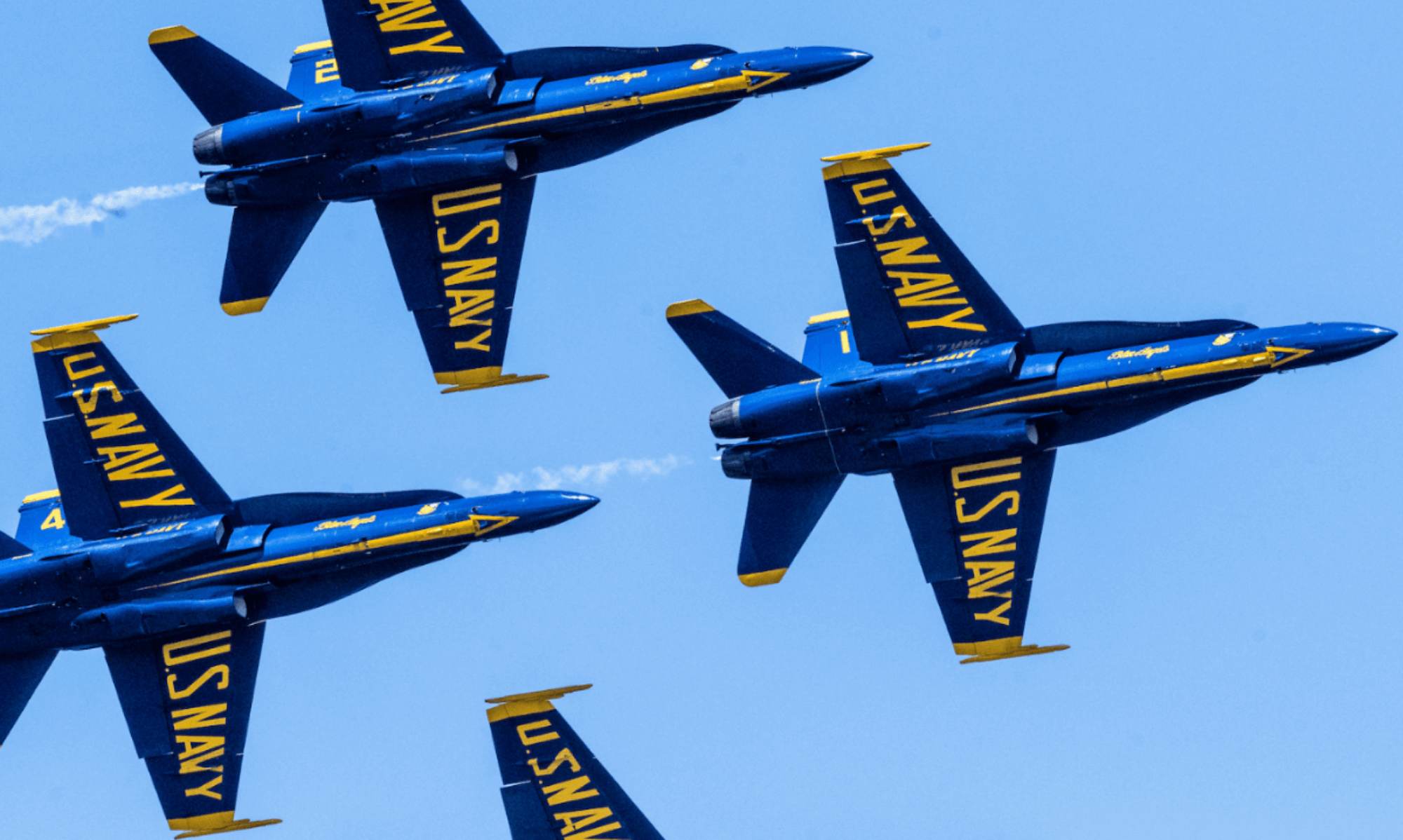
Introduction
Welcome back to our series exploring the cutting-edge technologies reshaping naval warfare. In our first post, we delved into the role of Artificial Intelligence (AI) in enhancing naval operations. Today, we shift our focus to uncrewed systems—drones and autonomous vehicles—that are revolutionizing naval tactics through increased capabilities and strategic flexibility.
If you missed our discussion on how AI is transforming naval warfare, you can catch up here.
Recent Developments
The U.S. Navy’s commitment to integrating advanced technologies into its operations is more apparent than ever. Recently, the Navy stationed a squadron of small, experimental sea drones, known as Global Autonomous Reconnaissance Crafts (GARCs), in San Diego Bay. These uncrewed surface vessels, measuring 16 feet in length and capable of speeds up to 40 mph, represent the forefront of naval innovation. Designed for maritime security and potentially weaponized engagements, these drones are a key part of the Navy’s strategy to enhance its operational capabilities with autonomous technology.
The Role of Uncrewed Systems in Modern Naval Warfare
-
- Surveillance and Reconnaissance: The deployment of GARCs underscores the growing reliance on unmanned systems for surveillance. These drones provide persistent, real-time monitoring of vast maritime areas, offering a tactical advantage in reconnaissance.
-
- Combat and Offensive Operations: As noted in recent reports, the potential for these drones to be equipped with weapons systems could significantly alter the landscape of naval combat, providing new, risk-reducing methods of engaging threats.
-
- Logistical Support: Beyond surveillance and combat, unmanned systems like GARCs can play a crucial role in logistical operations, facilitating the rapid transport of supplies and equipment across challenging maritime environments.
Implications for Naval Strategy
The integration of uncrewed systems such as GARCs into the naval fleet highlights a strategic shift towards greater automation and remote capabilities. This move not only enhances the operational flexibility of the Navy but also reduces the risk to human life in high-threat areas.
Challenges and Considerations
The expansion of uncrewed systems in naval operations raises important questions regarding cybersecurity, command and control, and the ethical use of autonomous weapons. As these technologies evolve, so too must the strategies and policies governing their use.
Conclusion
The introduction of GARCs and other uncrewed systems is setting new standards for naval operations. As we continue to explore the impact of these technologies, it becomes clear that the future of naval warfare will rely heavily on the strategic integration of unmanned systems.
Outro
- Thank you for joining us for this exploration of uncrewed systems in naval warfare. Stay tuned for the next installment of our series, where we will delve into the exciting potential of directed energy weapons. Don’t forget to revisit our previous discussion on AI in naval warfare for a deeper understanding of these interconnected technologies.

